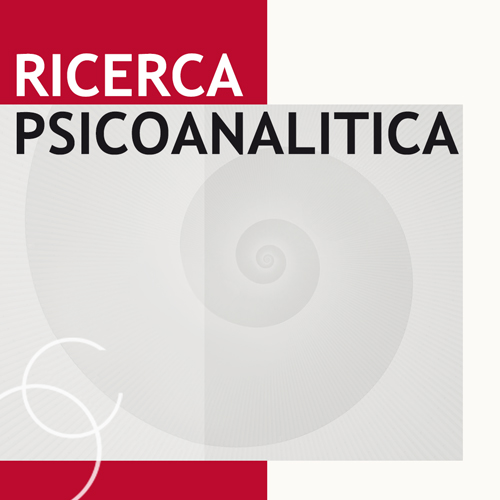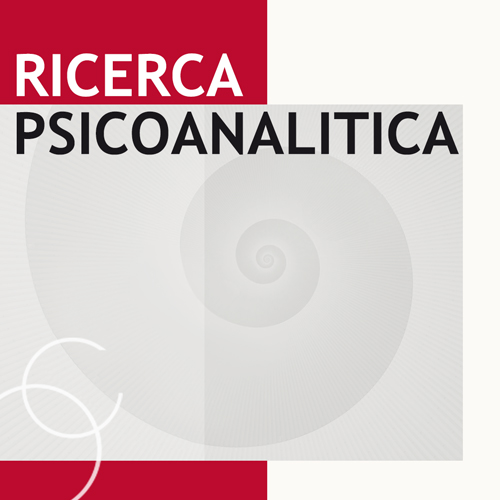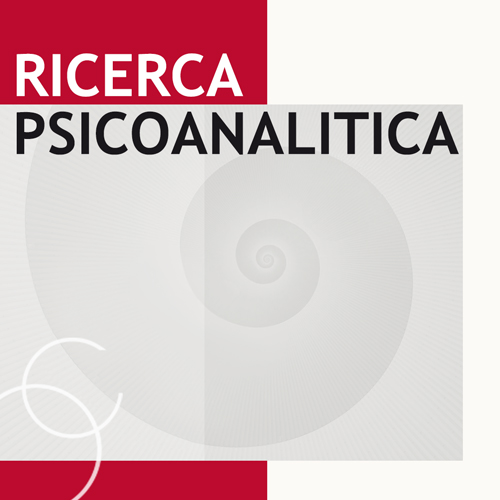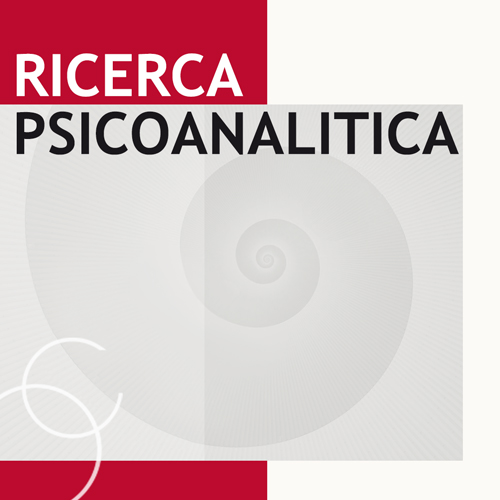Cicogne tecnologiche: genitori e figli nati dalla scienza!
Ricevuto: 6 ottobre 2020
Accettato: 13 dicembre 2020
Pubblicato: 23 aprile 2021
Accettato: 13 dicembre 2020
Abstract Views: 3699
PDF (English): 186
PDF: 233
PDF: 233
Publisher's note
All claims expressed in this article are solely those of the authors and do not necessarily represent those of their affiliated organizations, or those of the publisher, the editors and the reviewers. Any product that may be evaluated in this article or claim that may be made by its manufacturer is not guaranteed or endorsed by the publisher.
All claims expressed in this article are solely those of the authors and do not necessarily represent those of their affiliated organizations, or those of the publisher, the editors and the reviewers. Any product that may be evaluated in this article or claim that may be made by its manufacturer is not guaranteed or endorsed by the publisher.
Articoli simili
- Serena Galliera, Ottavia Zerbi, Commento , Ricerca Psicoanalitica: V. 35 N. 3 (2024)
Puoi anche Iniziare una ricerca avanzata di similarità per questo articolo.

 https://doi.org/10.4081/rp.2021.435
https://doi.org/10.4081/rp.2021.435







